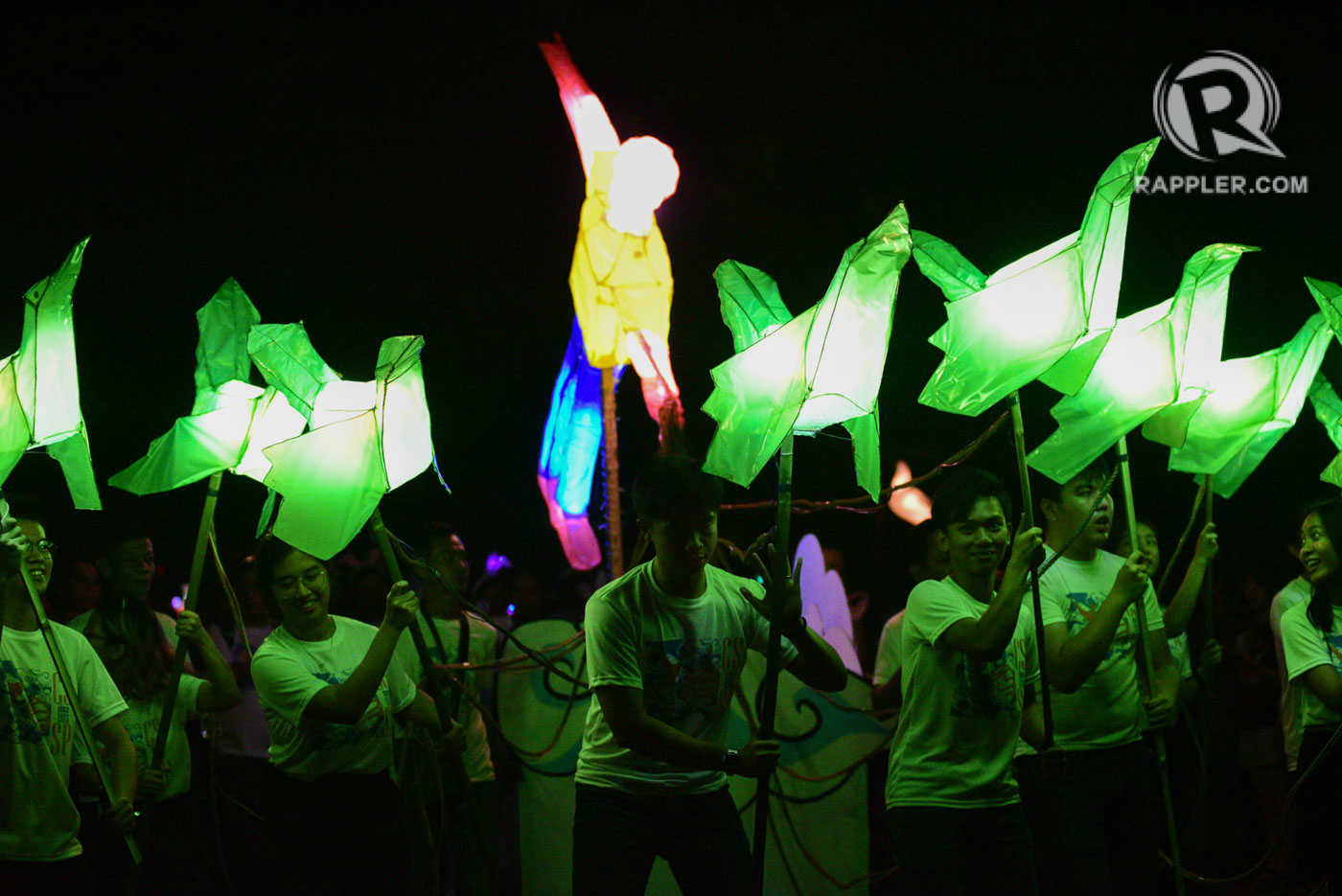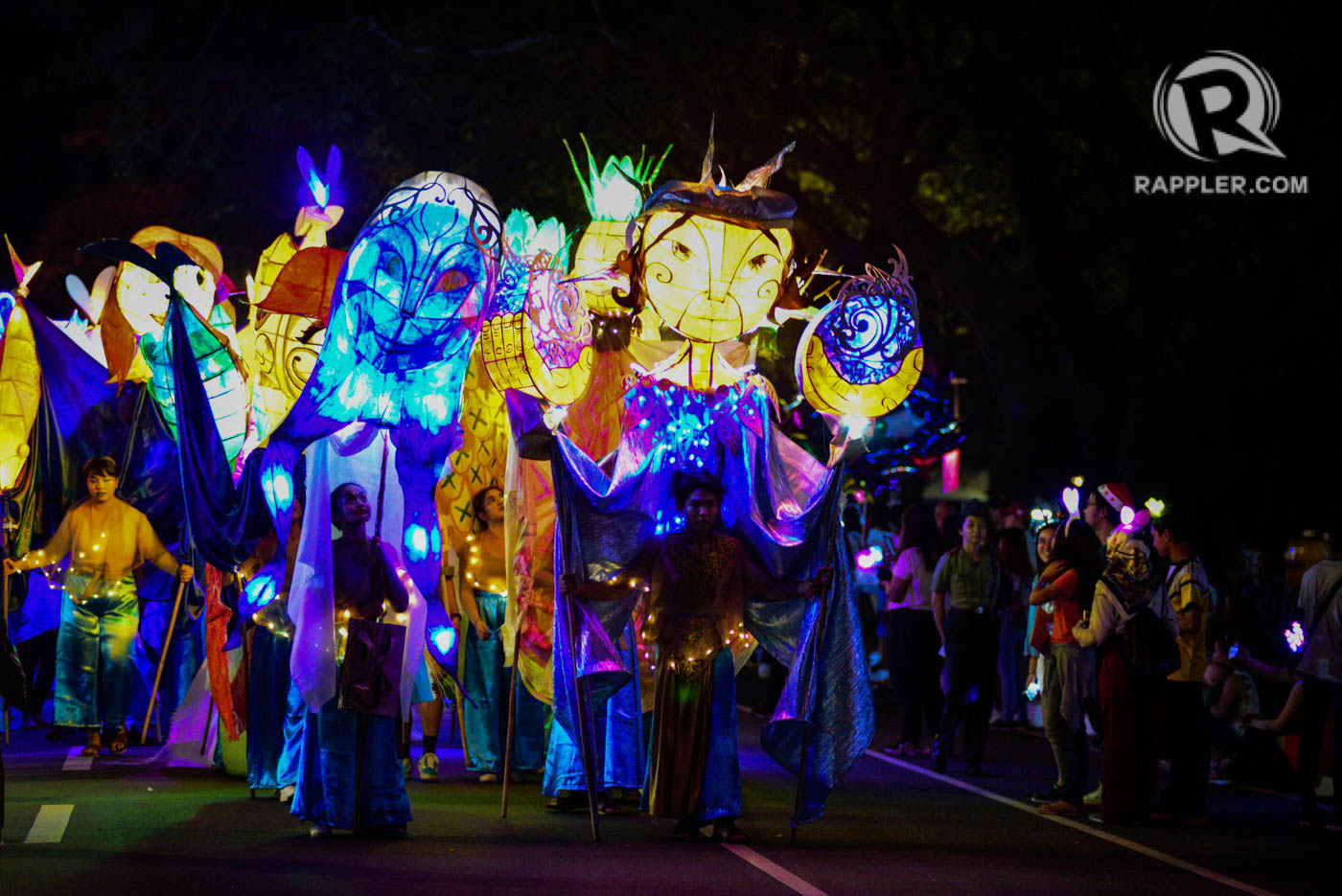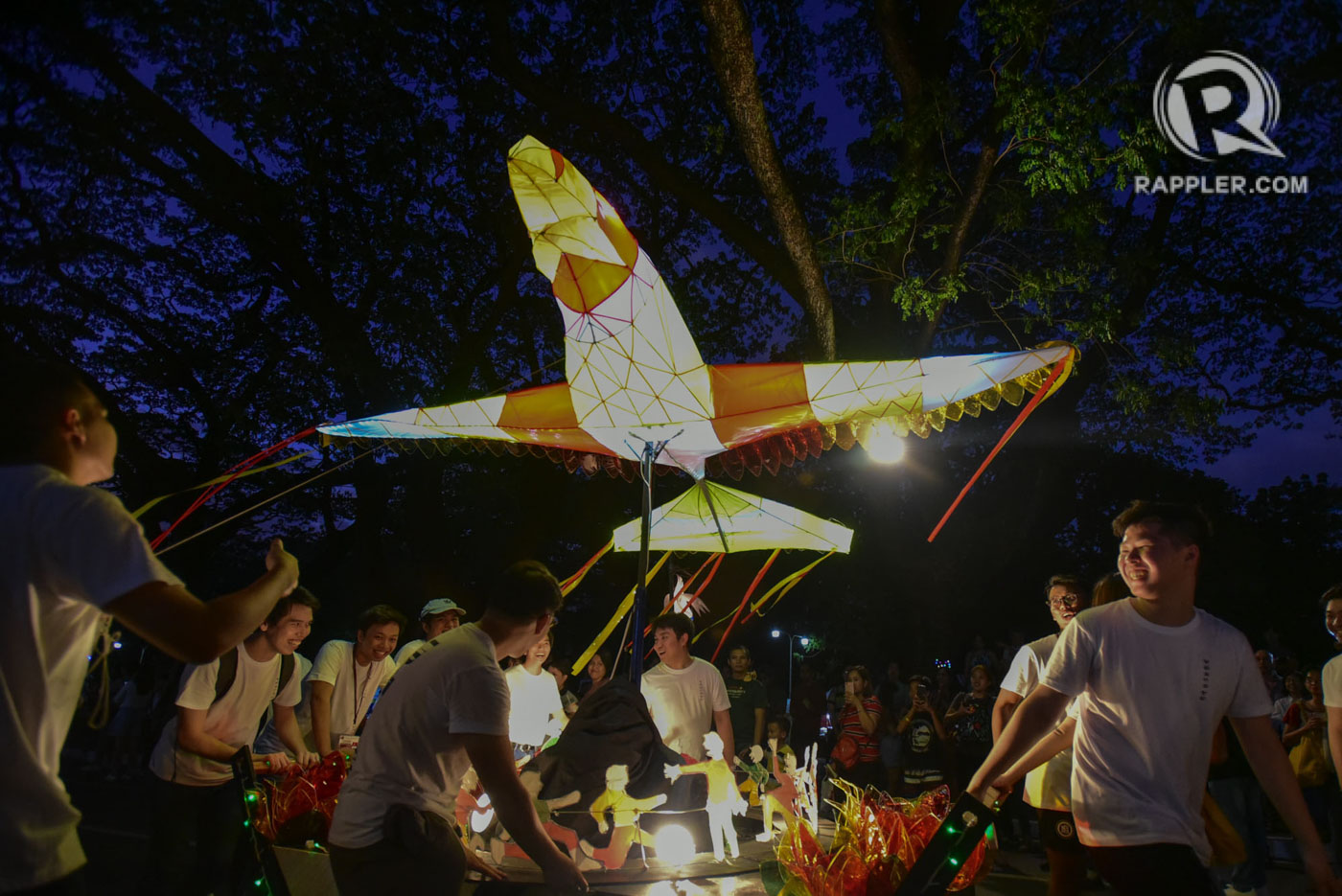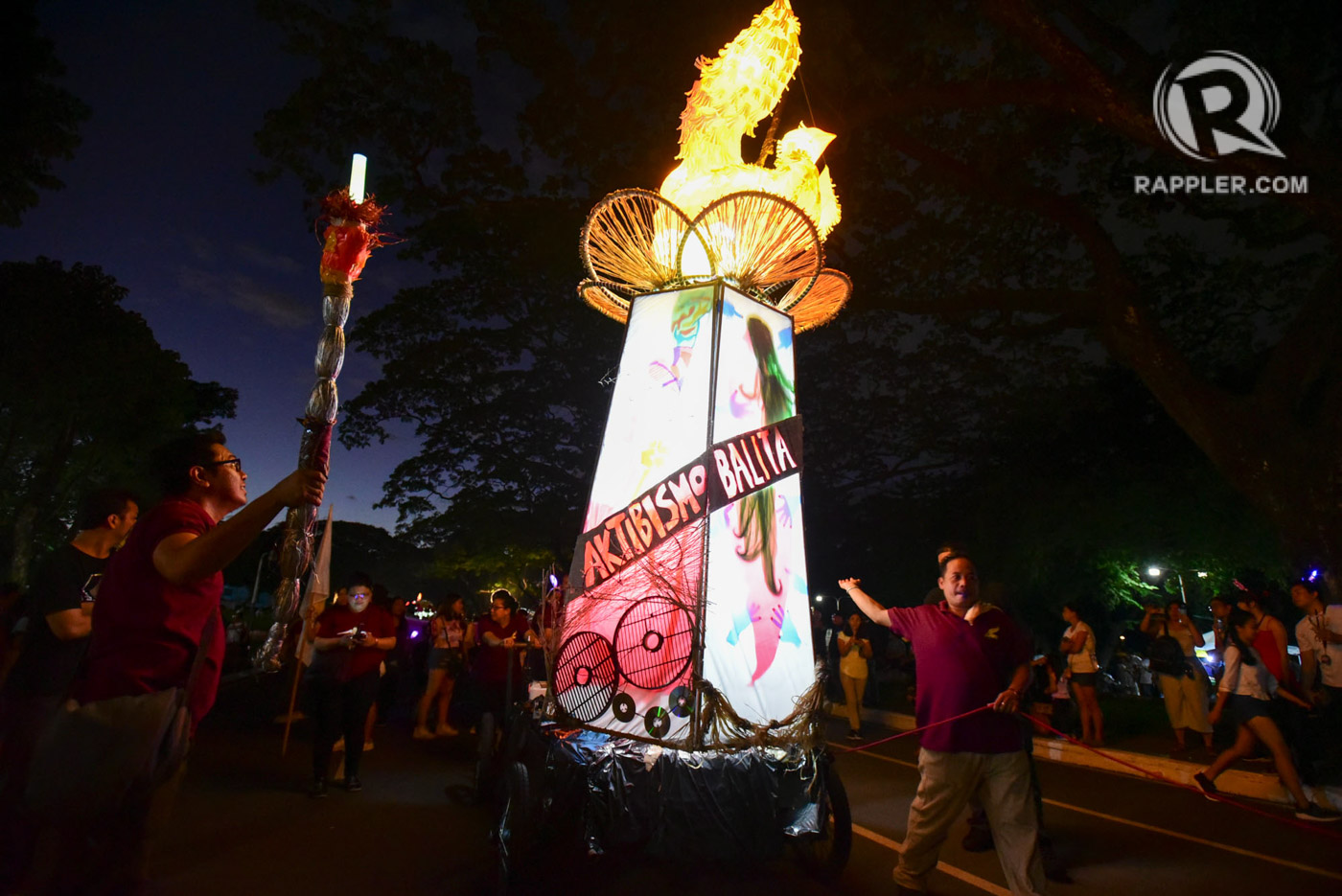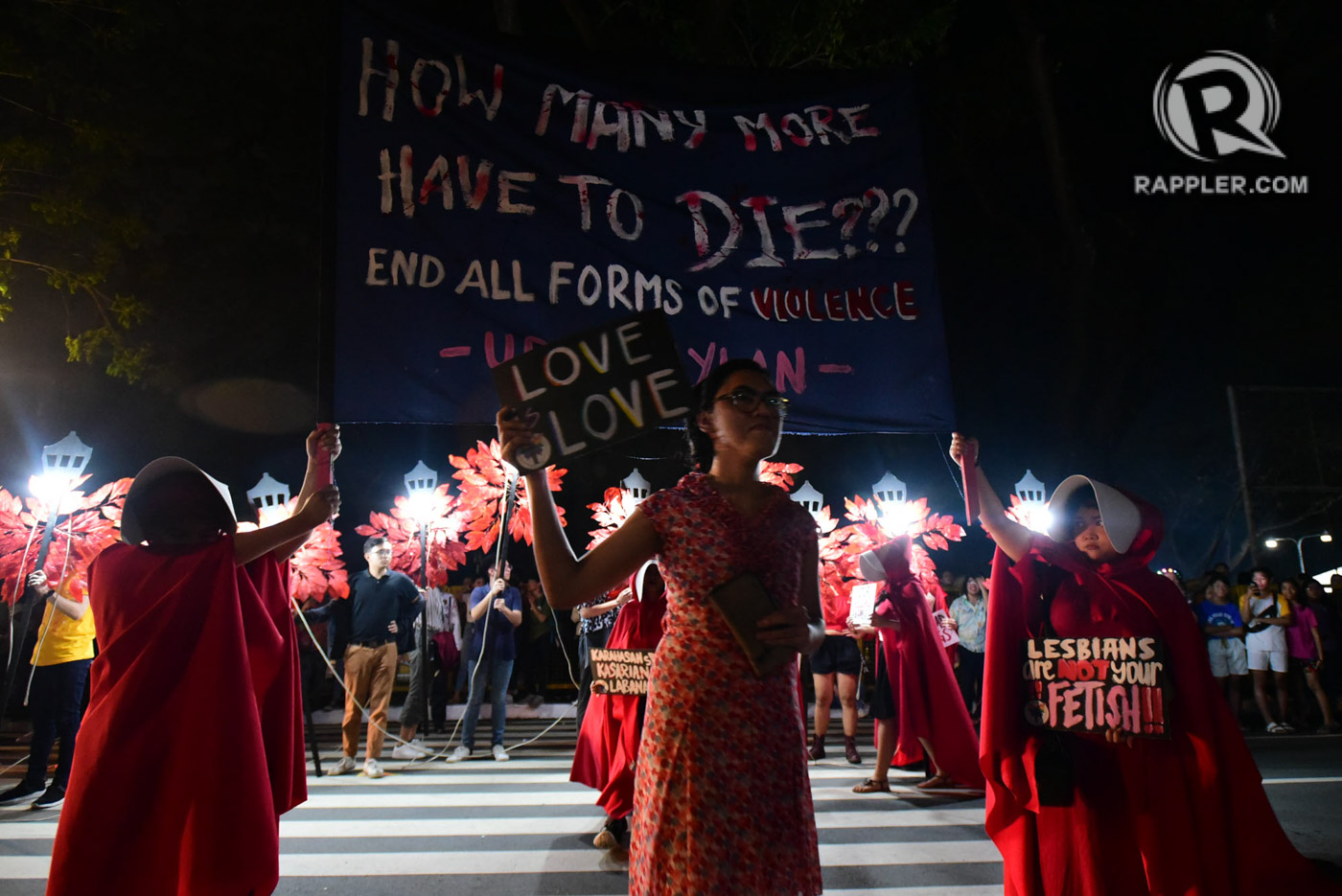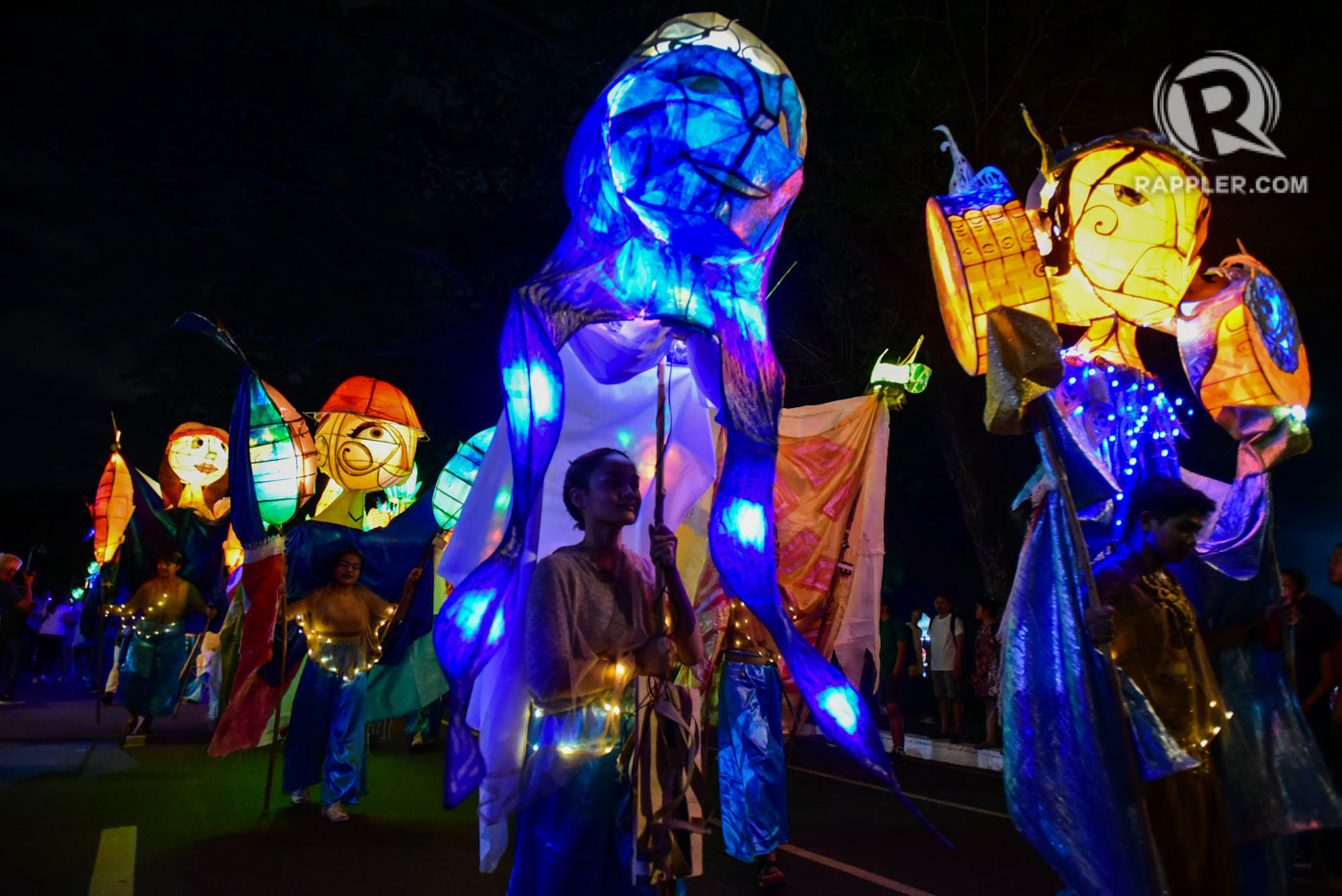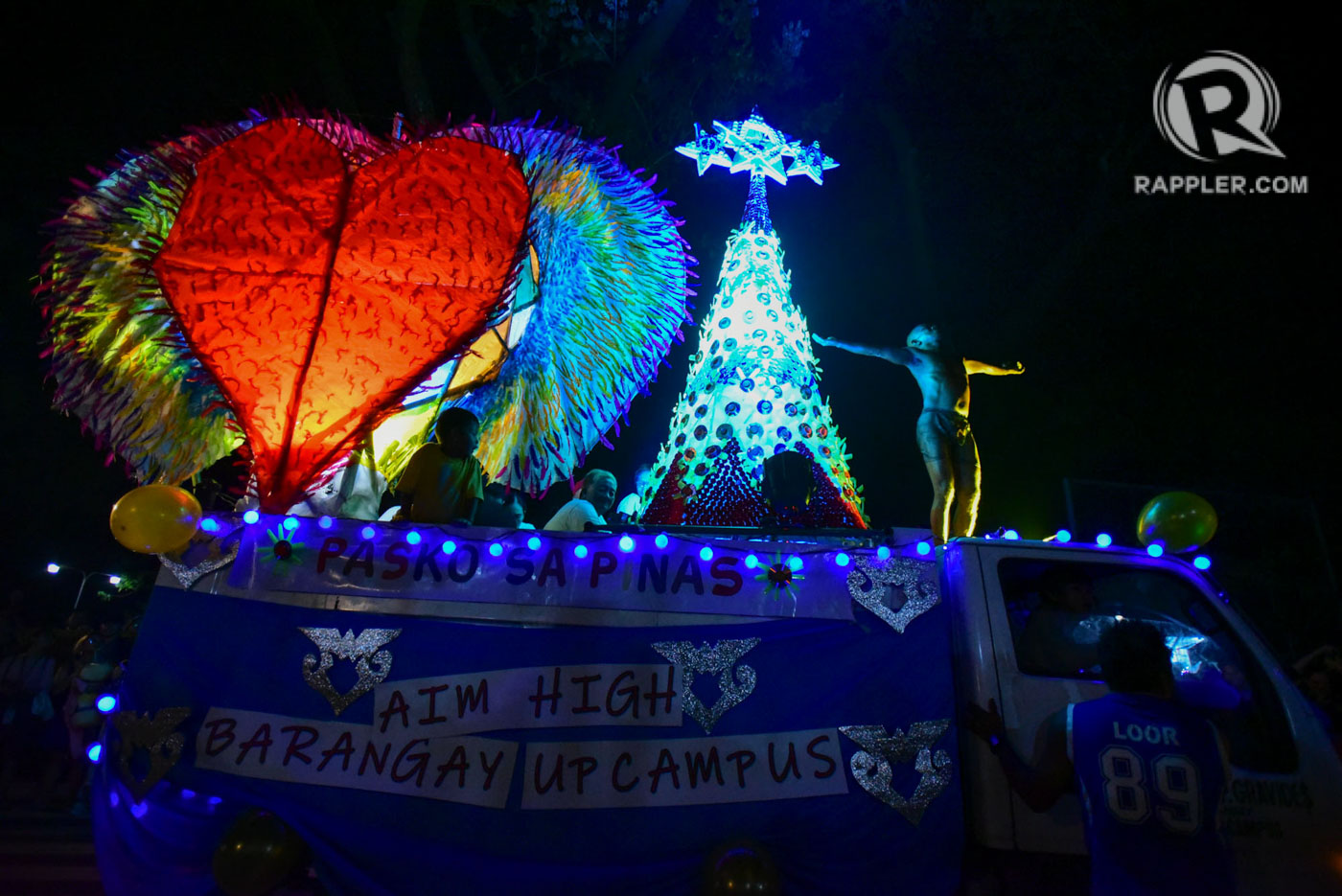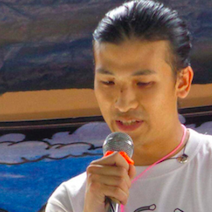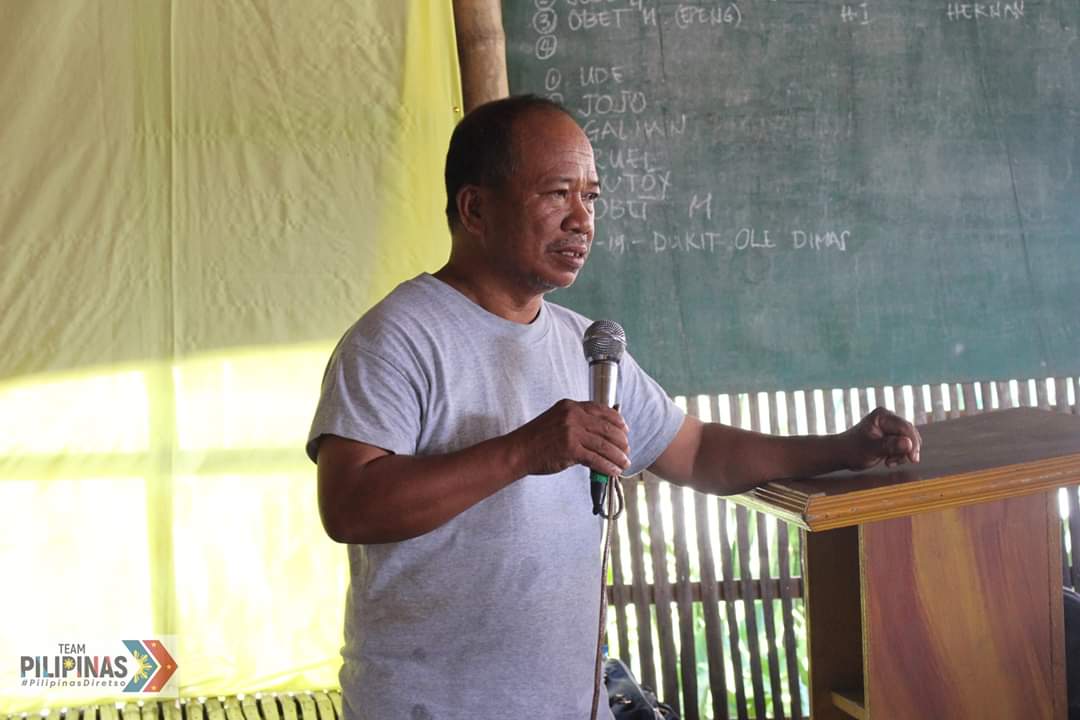
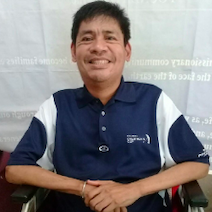
I’m Alexis Casayuran, husband to Lannie and father to Adrian and Abby. My wife and I are members of the Missionary Families of Christ (MFC, formerly CFC-FFL), and I’m a licensed physical therapist (PT).
Just like most PTs, the plan was to work abroad and settle down there with my family. Everything had been going according to plan, with a job in a Texas hospital waiting for me – I just needed to pass the State Board Exam. (READ: Long shifts, low pay are part of a PH nurse's reality)
But in 2007, during the course of my review, I got very sick. I acquired dermatomyositis, an autoimmune disease under the lupus family. My world was shattered because I knew it was an incurable disease. The tides had changed; from being a physical therapist, I was now the patient who had to be lifted from bed.
Aside from my physical weakness, I became photosensitive. I could only go out shaded by an umbrella or only when it was dark, unless I wanted to turn violet. As if the burden of my physical weakness was not enough, I began to feel shunned by society. People would look at me from head to foot and evade me as if I had an infectious disease.
In 2009, my body felt stronger and my doctor gave me clearance to take a qualifying test in Hawaii. Midway into the online test, however, I knew that my body was giving out on me. I received the call at the hotel confirming my fate and I went home with great mental anguish. How would I sustain my family? I had become a useless part of society – a man who could not provide for his family.
Upon returning home, my journey continued to go downhill. In 2010, I had a hemorrhagic stroke two months after our youngest was born. In 2014, I underwent a laparoscopic cholecystectomy and an endoscopic retrograde cholangiopancreatograph because of gallbladder problems. In 2015, I had multiple lacerations inside my stomach from an unknown reason, causing me to lose blood. I underwent blood transfusions. In 2018, I had two shockwave procedures because of kidney stones, as well as a cataract procedure.
All of this was topped off with the silent disease called depression. It was a daily battle, and if not for the support of my family, friends, and MFC, I wouldn't be alive today. (READ: Selena Gomez opens up about depression, anxiety: 'Scariest moments of my life')
All these events made me think that God was a bully who didn’t love me. Why me? I had lived a healthy lifestyle. I didn’t smoke, drink, or do drugs, and I never flirted with girls. Yet, He allowed this to happen to me. I began to seek my true purpose, my real mission. How is it that I survived all this? Why am I still alive?
As far as my roles as a father, I continue to be the priest of the family. Though I am not physically able, I can still protect my family with words of prayer and wise counsel. I am also able to provide for our family as a non-life insurance agent, but since I can’t go out of the house to meet new clients I only have my friends as clients. (READ: Lessons from my father: 'Be happy, be brave')
As our children grew older, so too our expenses. We needed an additional source of income, and through the advice of a former high school friend of mine, also a person with disability (PWD), I applied at Virtualahan. Though I was skeptical at first, I had been pointed to an online community that equips PWDs with skills to enable them to work and provide for their family.
I was quite tentative at the start, but I looked forward to my online classes. Virtulahan opened my mind to possibilities, new ideas, and skills vital for our future jobs. Admittedly, I was slow in terms of computer knowledge and skill, but because of the encouragement of my classmates it became a breeze. I felt no pressure, just love and understanding.
My coach once told me during a wellbeing session, “Your name reveals who you are. Alexis means ‘Helper’.” I may not help my team physically, but I always pray for our members, coaches, and really, everyone. I have learned that even though we are wounded physically, we can overcome our fears through the support we give to each other and the community. (READ: What makes the Filipino family special)
The wind may have blown me off course, but God has the wheel. My vision may have changed but my mission is still the same. I’m heading in the right direction. – Rappler.com
Alexis Casayuran is married to Lannie Casayuran, and they have two kids: Adrian and Abby. Alexis was a licensed physical therapist but stopped practicing since getting diagnosed with dermatomyositis in 2007.
























